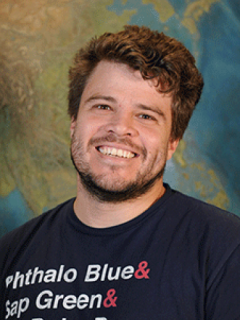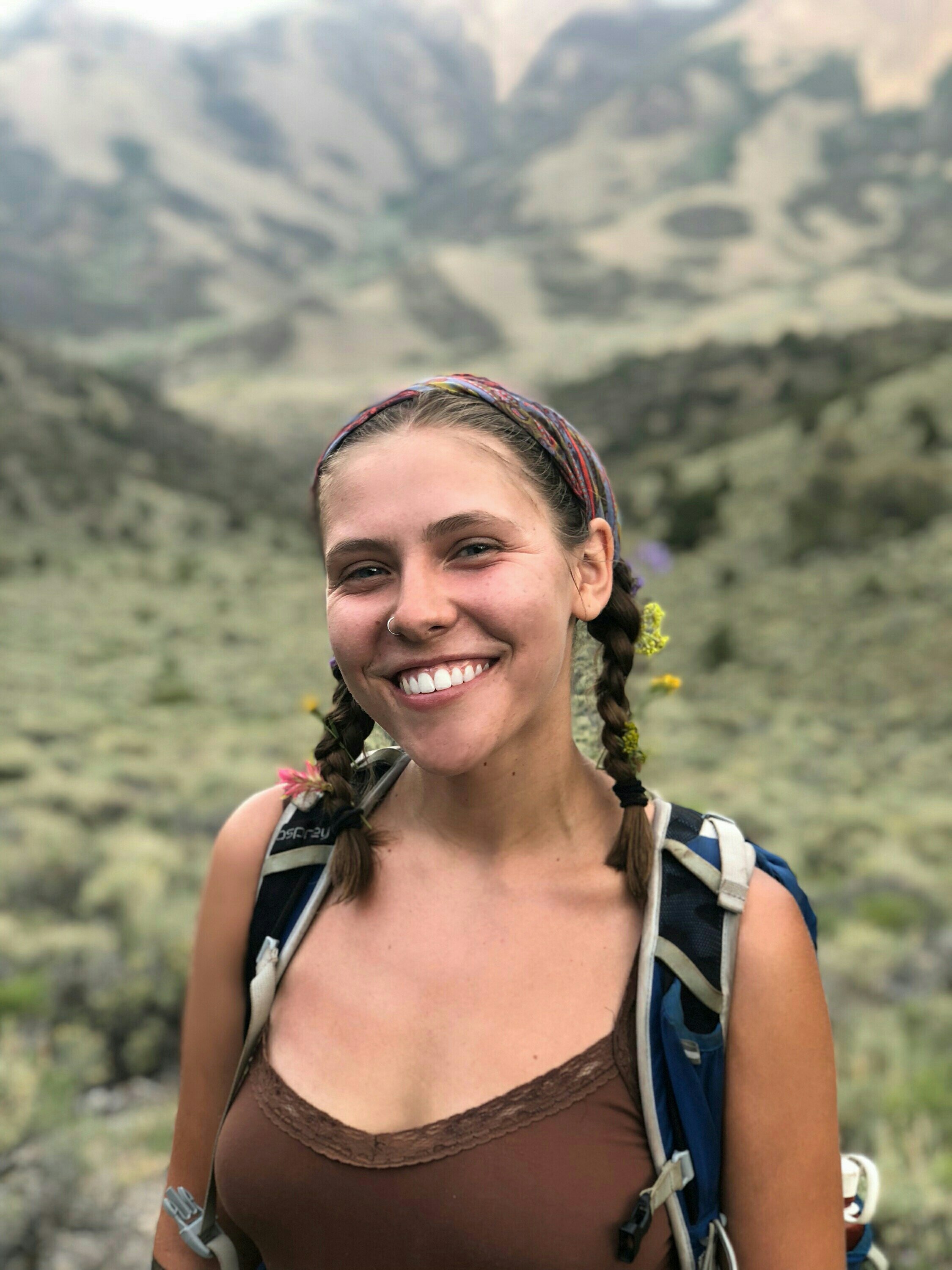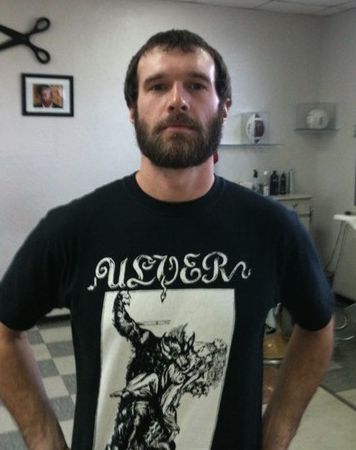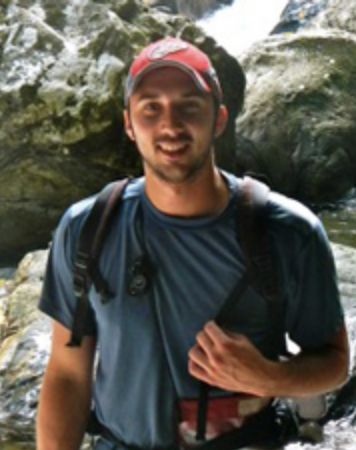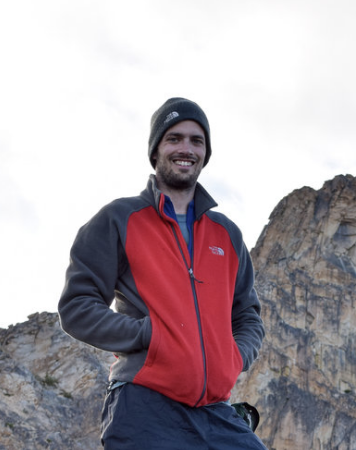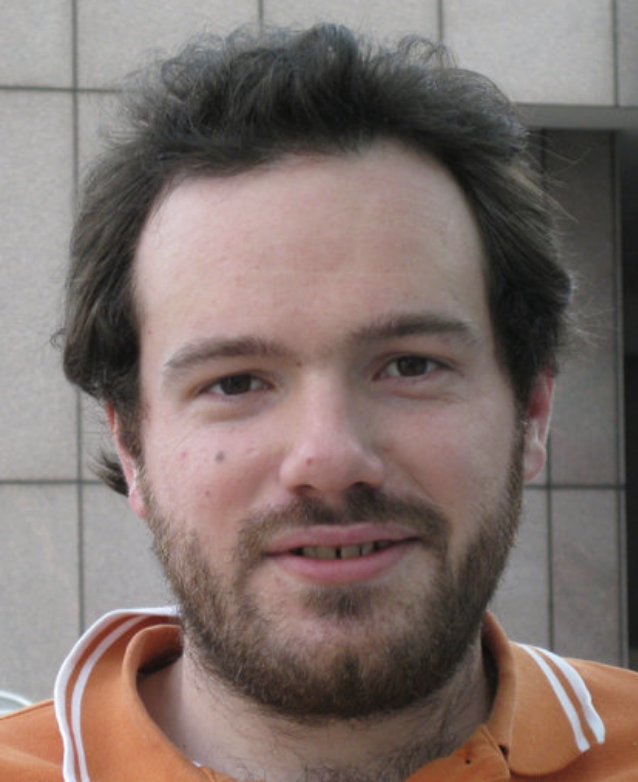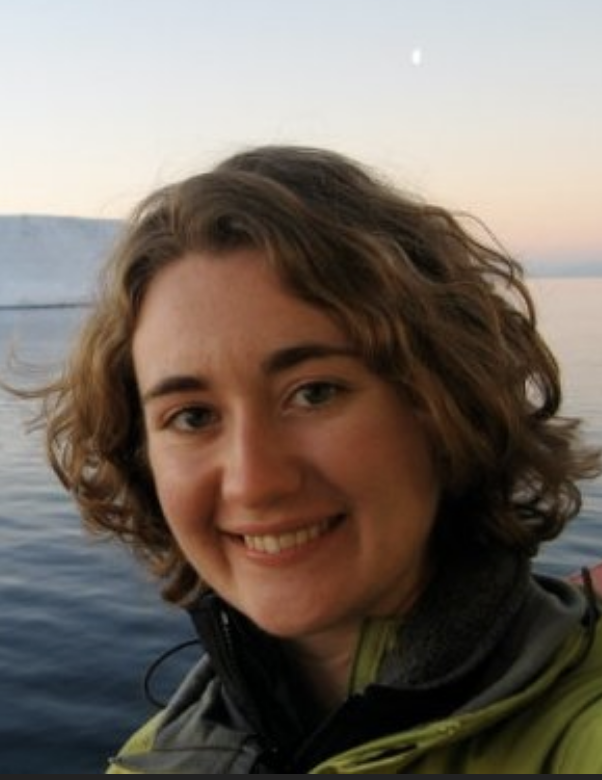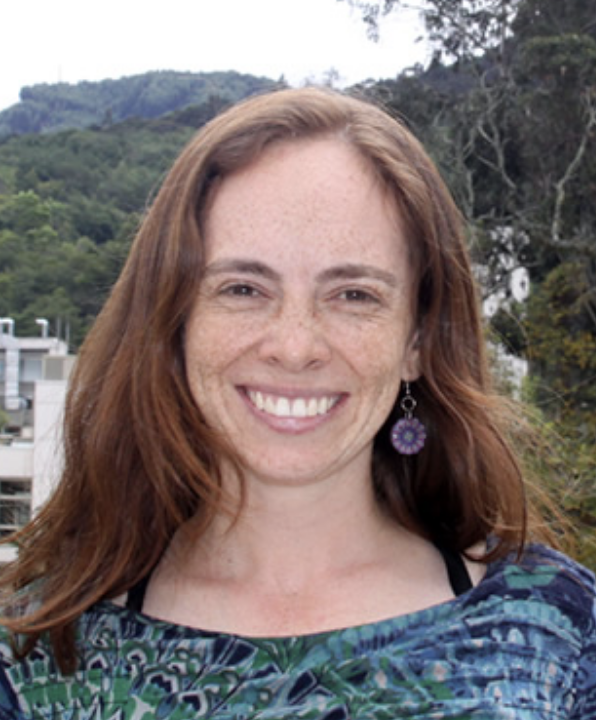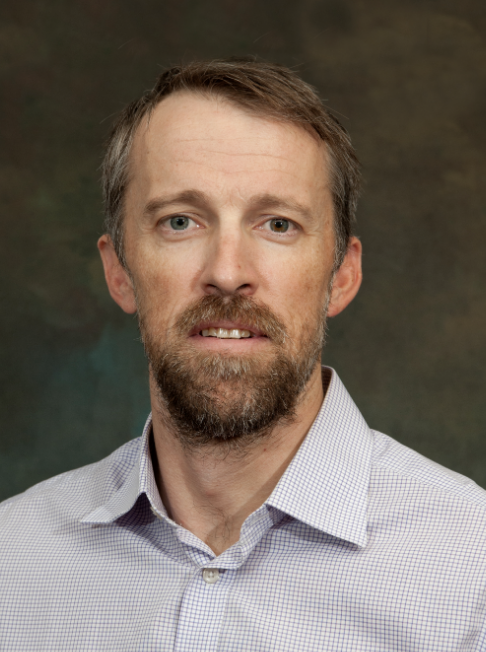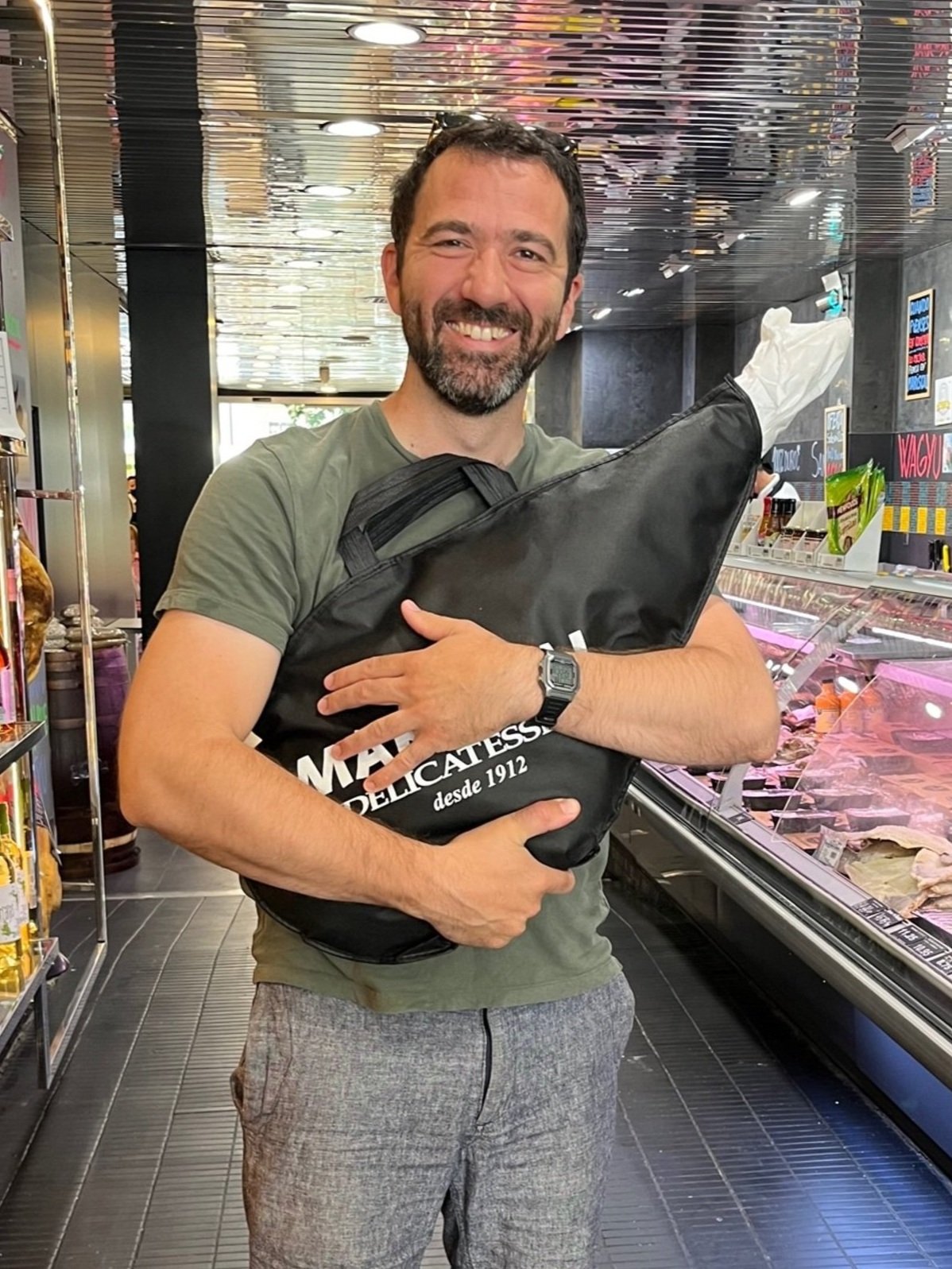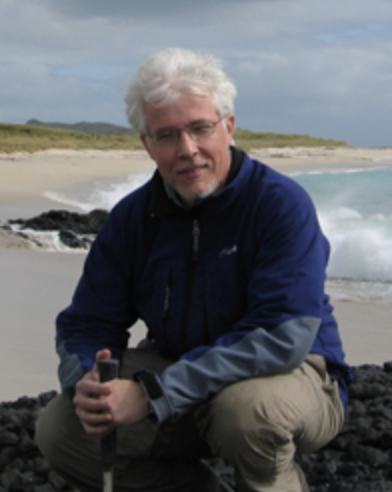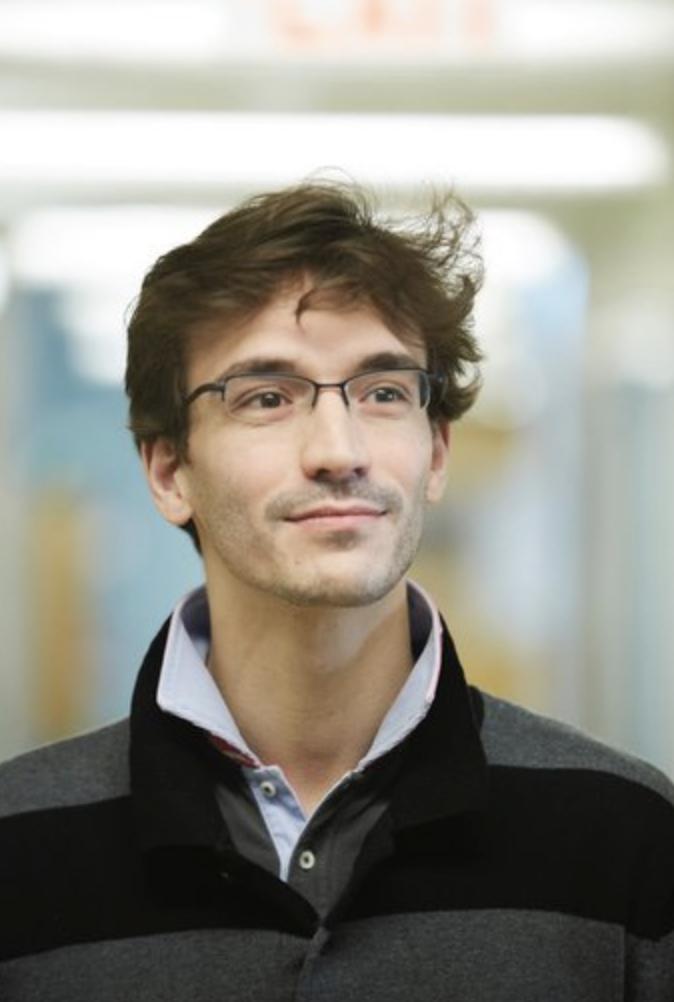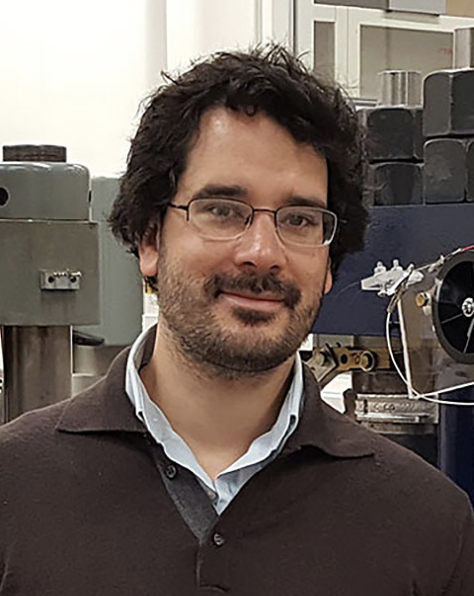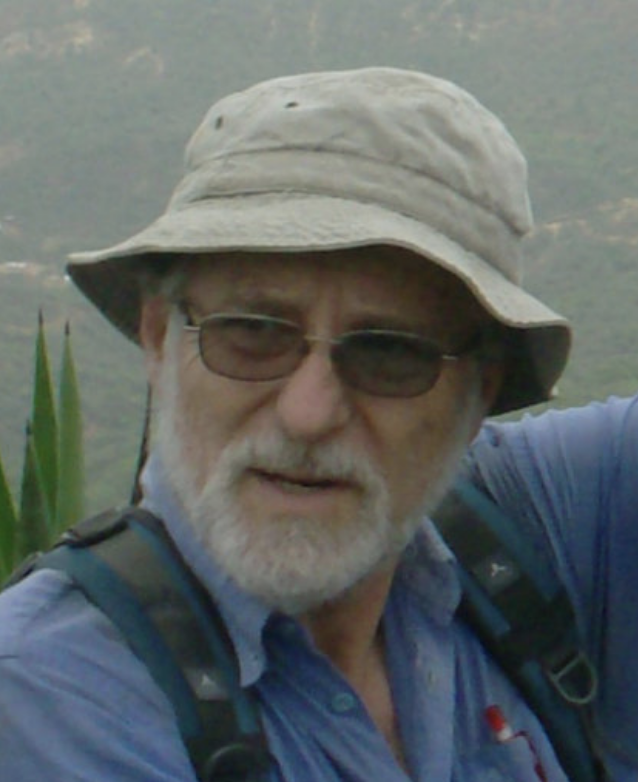Core Group
Prof. mauricio ibañez-mejia (pi)
My main interests lie in the application of geochemical techniques, particularly isotope geochemistry, to elucidate the timing and mechanisms of a variety of high-temperature processes in the solid Earth. In particular, my research combines the use of radiogenic isotope systems to determine the time and rates of igneous and metamorphic systems (e.g., U-Pb in zircon, baddeleyite, apatite, titanite; Lu-Hf and Sm-Nd in garnet), with geochemical tracers such as elemental abundances and isotopic compositions (both radiogenic and stable) to better understand petrologic and tectonic processes in a robust temporal framework.
I joined the University of Arizona in 2021 after completing an undergraduate degree in geology at the Universidad Nacional de Colombia in Bogotá, M.Sc. and Ph.D. degrees in Geoscience at the University of Arizona, a W.O. Crosby postdoctoral fellowship at MIT-EAPS.
Download Mauricio’s CV (updated 03/09/21) Mauricio’s Department website
Lisa J. zieman (Phd student)
I am a petrologist and geochemist intrigued by the mechanisms that form and recycle the continental crust. My PhD research is focused in the northern Andes, a modern continental arc with active volcanism. I am using a variety of geochemical tools, including lava geochemistry, U-Pb zircon geochronology, thermobarometry, and Re-Os radiogenic isotopes, to investigate magmas and igneous cumulates from the lower crust and mantle for clues about the timing and nature of crustal differentiation and recycling beneath this continental margin.
I have also been exploring zirconium stable isotope systematics and getting my hands “dirty” in the clean lab refining the analytical techniques needed to address my research questions.
Before diving into my graduate research, I studied geology and chemistry at St. Lawrence University, NY. Aside from science, I enjoy distance running and being a Tiny House homeowner.
LIAM P. O’CONNOR (Phd student)
I am interested in the application of radiogenic isotope measurements to constrain the timelines of crustal and environmental events preserved in sedimentary and igneous rocks. My PhD research focuses on assessing the effects of fluvial transport and depositional processes on the distribution of detrital minerals and their ages to quantify the biases introduced in the detrital zircon record. I am also interested in the tectonic development of the central Andes, and in refining U-Pb geochronology methods for baddeleyite. Improved baddeleyite U-Pb dating has the potential to reveal the tectonic history of mafic rocks and to more precisely define the timing and tempo of large igneous province eruptions, which are thought to induce significant shifts in global climate through their emission of volatiles.
I earned a bachelor's degree in geosciences at Princeton University in 2020. Outside of school, I enjoy reading, photography, and sporting clays.
Porfirio Irepan Ascencio (MS student)
I am interested in volcanic hazards and in the Trans-Mexican Volcanic Belt. For years, I've been observing the world's youngest volcano, Paricutin, near my home village in Mexico. While the volcano is generally considered dormant, activity has begun to stir around the area again. I hope to use geochemical techniques to learn more about the history of Paricutin and other eruptive centers in the Trans-Mexican Volcanic Belt, to help predict and prevent future volcanic disasters.
I earned a bachelor's degree in Chemistry and a minor in Mathematics at Indiana University South Bend in 2020. In my spare time, I like to watch movies, sleep, and get some Tucson sun.
Dr. Aleisha Johnson (postdoc)
I am an isotope geochemist interested in the rise of O2 in Earth’s atmosphere and the compositional evolution of Earth’s continental crust. To this end I employ stable metal isotopes (Ti, Zr, Mo, Fe) in a variety of modern and ancient systems to learn about these processes that led to Earth’s current state as a persistently habitable planet. While my PhD focused on Mo weathering and cycling at ultra-low levels of O2 to understand Archean atmospheric redox, more recently I have focused on pairing isotope systems like Ti and Fe in magmatic environments to understand how stable isotopes record the formation and recycling of continental crust.
I joined the University of Arizona as a postdoctoral researcher in the fall of 2022. Previously I graduated with a BS in Geology from the University of Wisconsin – Eau Claire, followed by a PhD in Geochemistry from Arizona State University. Most recently I completed an NSF EAR Postdoctoral Fellowship at the University of Chicago.
DR. PATRICIA KANG (POSTDOC)
I obtained my PhD degree in Geology at the University of Minnesota in 2021 and joined the University of Arizona as a postdoctoral researcher in August 2022. The primary focus of my research is to investigate element transfer driven by fluid-rock interactions in subduction zones. I approach this problem by using in situ analytical techniques (EMP, LA-ICP-MS, SIMS) to detect compositional variations in individual metamorphic mineral grains that likely developed at different stages of metamorphism and metasomatism. In order to constrain the origin of these variations, I apply thermodynamic and numerical modeling to evaluate the influence of potential factors: 1) changes in pressure and temperature; 2) element fractionation between coexisting metamorphic minerals; and 3) interactions with fluids. My current post-doc work aims to track the mobility and fractionation behavior of high field strength elements that might vary in response to fluid-rock interactions over the course of prograde-to-retrograde metamorphism.
DR. Federico moreno (POSTDOC)
I obtained my PhD degree in Geosciences from the University of Rochester in the Spring of 2020. In the Fall of 2020, I joined the Geosciences Department of the University of Arizona as postdoctoral researcher under the supervision of Dr. George Gehrels and Dr. Mauricio Ibañez. The motivation of my research is to understand the impact of major geological and climate events on ecological patterns and environmental conditions. To do so, I use geochemical techniques along with field-based sedimentology, stratigraphy, and structural geology. Specifically, I use U-Pb in zircons to study geochronology and sediment routing systems, and stable isotopes of oxygen and carbon in various archives, including pedogenetic carbonates and fossil mammal teeth, to gain past environmental and ecological insights. For my Ph.D. dissertation work, I investigated the effect of geological and climate events on the ecological dynamics from two perspectives. First, by studying the Late Cretaceous through Cenozoic growth of the northern Peruvian Andes, I examined the drivers, tectonic context, timing and development of mountain building, along with the local environmental response to this process. Second, by studying the Neogene paleoecological history of the northern Neotropics, I investigated the effect of global cooling on the distribution of tropical biomes and the response of the biogeographic distribution of plants and animals to this change. To further develop this research, I want to expand on topics such as the elevation history of the Andes, the onset of the orographic rainfall in western Amazonia, the formation of the Amazon River, and further assessment of ecological patterns in the Neotropics.
Former members
Dr. Scott A. Maclennan, postdoc 2019-2022, now Senior Lecturer at University of the Witwatersrand, South Africa
Hannah G.D. Tompkins, MS 2022 and NSF-GRFP fellow, now staff scientist at USGS Denver







